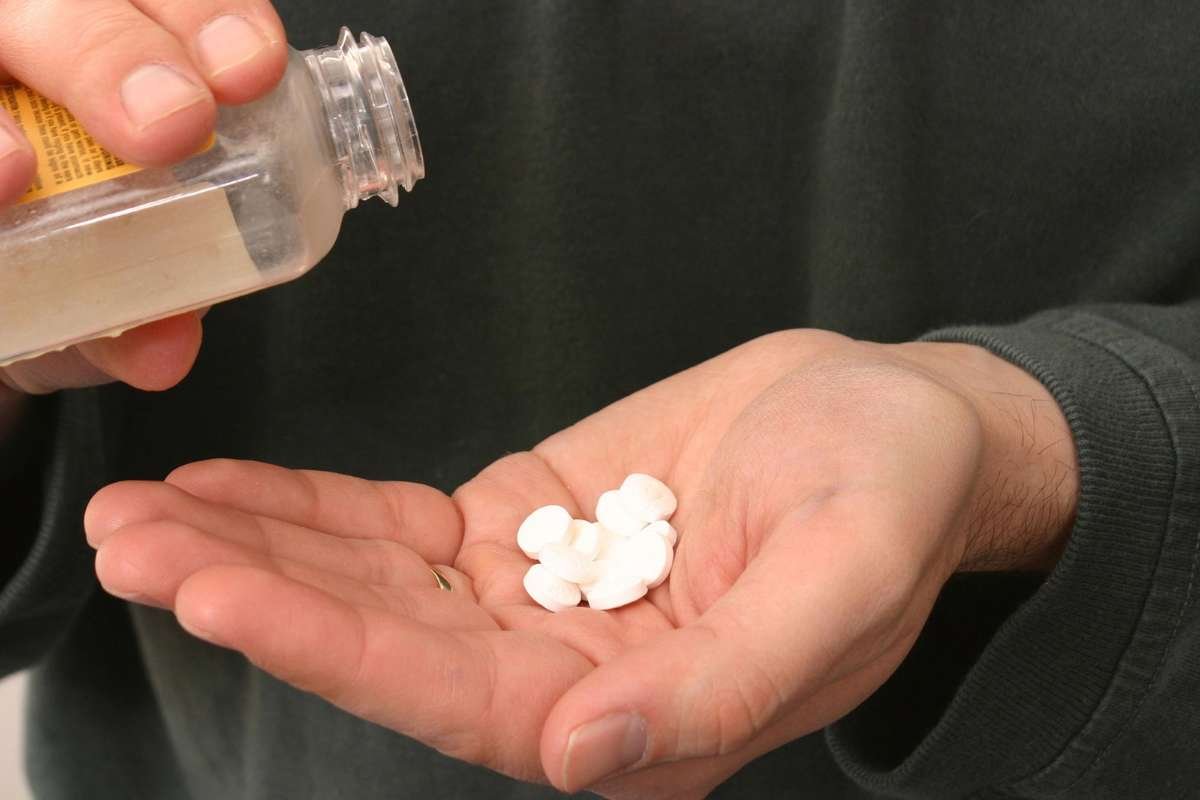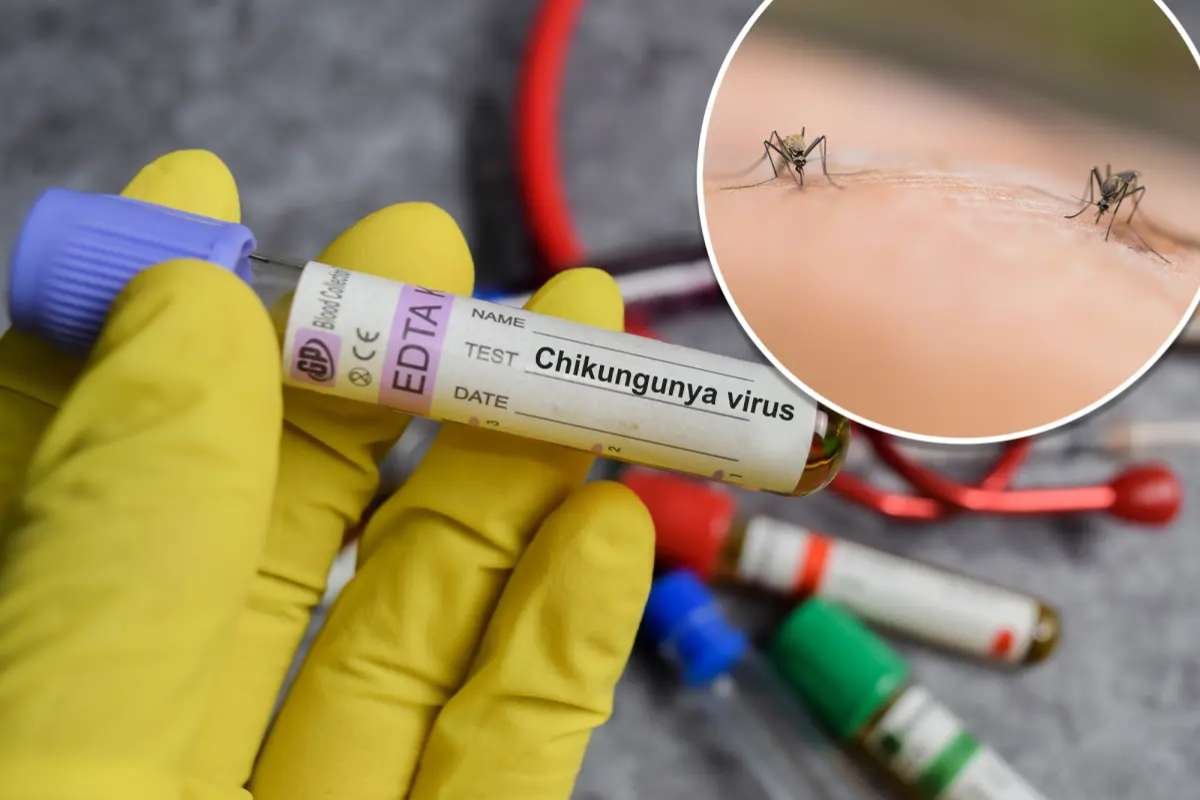New Delhi [India], December 30 – Heart surgery no longer has to be an overwhelming experience. Thanks to advancements in medical science, Minimally Invasive Cardiac Surgery (MICS) is transforming the landscape of heart care. This cutting-edge approach offers effective treatment with minimal discomfort, shorter recovery periods, and a success rate of 95-98%, depending on the patient’s condition and complexity of the procedure.
Dr. Harish Badami of Malla Reddy Narayana Hospital has provided valuable insights into MICS, explaining its benefits and growing popularity as a preferred choice for cardiac patients worldwide.
Understanding Minimally Invasive Cardiac Surgery
Minimally Invasive Cardiac Surgery (MICS) is a modern surgical technique that replaces traditional open-heart surgery with a less invasive approach. Instead of a large chest incision, surgeons use small openings to access the heart, utilizing specialized tools or robotic arms. This results in smaller scars, reduced trauma, and quicker recovery times.
MICS encompasses three main types of procedures:
- Minimally Invasive Coronary Artery Bypass Surgery (CABG):
This alternative to traditional CABG involves small incisions on the left side of the chest, reducing tissue damage and expediting recovery. - Minimally Invasive Valve Surgery:
Aimed at repairing or replacing heart valves, this procedure is one of the most common forms of MICS, offering exceptional outcomes with minimal postoperative discomfort. - Beating Heart Bypass Surgery:
Unlike conventional methods that rely on a heart-lung machine, this technique is performed while the heart continues to beat, lowering risks and fostering faster healing.
According to Dr. Badami, the benefits of MICS are numerous, ranging from smaller scars and less pain to faster recovery and improved cosmetic results. The technique also reduces infection risks, ensuring safer outcomes.
The Patient Journey: Safety and Recovery
The MICS procedure begins with small incisions in the chest, allowing surgeons to use advanced tools or robotic systems. Patients are placed under general anesthesia for comfort. After surgery, they typically spend a short time in the ICU and hospital before returning home for a quicker recovery compared to traditional open-heart procedures.
Eligibility for MICS depends on individual health factors, the nature of the heart condition, and the type of surgery required. While it offers the same safety and efficacy as traditional heart surgery, MICS is a more patient-friendly approach, allowing for faster reintegration into daily life.
Prioritizing Heart Health
As more people turn to MICS for its transformative impact on heart surgery, hospitals like Malla Reddy Narayana are leading the way in offering advanced cardiac care. With a dedicated team of specialists and state-of-the-art facilities, they are helping patients navigate their path to better heart health.
For those considering heart surgery, MICS provides a promising alternative that minimizes discomfort and maximizes recovery outcomes. Consult a specialist today to explore this revolutionary approach and take the first step toward a healthier heart.







